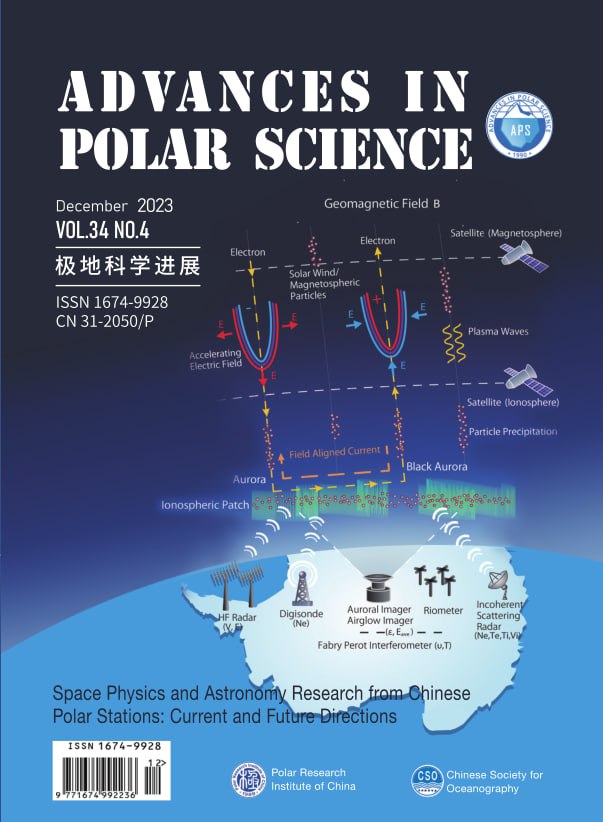

Scientists from the Institute of Environmental Management of the NAS of Belarus (Doctor of Technics, Professor S. V. Kakareka, Doctor of Geography, Professor T. I. Kukharchik), the Scientific and Practical Center of the NAS of Belarus on Bioresources (Candidate of Biology, Associate Professor Y. G. Giginyak) and the Institute of Bioorganic Chemistry of the NAS of Belarus (Candidate of Chemistry P. V. Kurman) performed a comprehensive study of the composition of macro- and micro-components in various types of natural waters of the Broknes Peninsula, Larsemann Hills, East Antarctica.
It is shown that, despite the different levels of basic ions and trace elements, natural waters are characterized by a sodium chloride composition, which indicates the predominant influence of sea salts on them. Against the background of ultra-oligotrophic atmospheric precipitation, sea salts accumulate in lake waters, especially in drainless small and shallow lakes. The spatial heterogeneity of the chemical composition of natural waters is characterized, their similarities and differences are shown. The results obtained are important for understanding the variability of the content of macro- and microelements in snow, groundwater and lake waters and their relationship, as well as identifying trends in their changes taking into account anthropogenic loads in the region and climate change.
The initial data were obtained as a result of analyses of samples taken in the oasis in January – February 2014 and 2020 during the 7th and 12th Belarusian Antarctic expeditions: "old" and freshly fallen snow, water from lakes and groundwater from pits.
The Larsemann Hills are the second largest and southernmost coastal oasis in the Prydz Bay area of East Antarctica. The study of the chemical composition of groundwater for this oasis was conducted for the first time.
The results of the study are published in the latest issue of the authoritative scientific journal Advances in Polar Science*
The Larsemann Hills were first noticed in February 1935 by Klarius Mikkelsen, captain of a whaling ship, but human activity began in the late 1980s. To date, four scientific stations from different countries operate in the oasis. The Larsemann Hills are characterized by a large number of lakes of various genesis and properties. Studies of the hydrochemical composition of lakes were started only in 1987 and have been sporadic to date; data on the chemical composition of the snow cover of this region are rare.
_________________________________________________________________________________________________________________________________________
*Sergey Kakareka, Tamara Kukharchyk, Yury Giginyak & Peter Kurman. Chemical composition of natural waters at Broknes Peninsula, Larsemann Hills, Antarctica // Advances in Polar Science. December 2023 Vol. 34 No. 4: 318-339. doi: 10.12429/j.advps.2023.0008